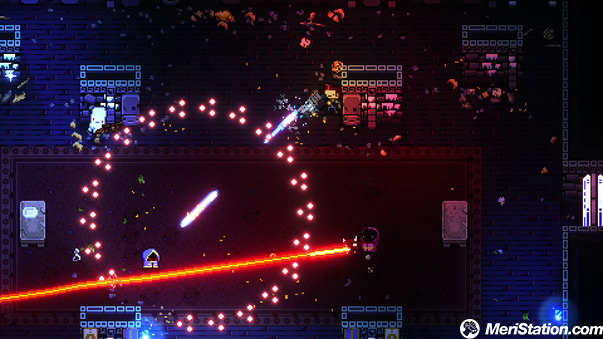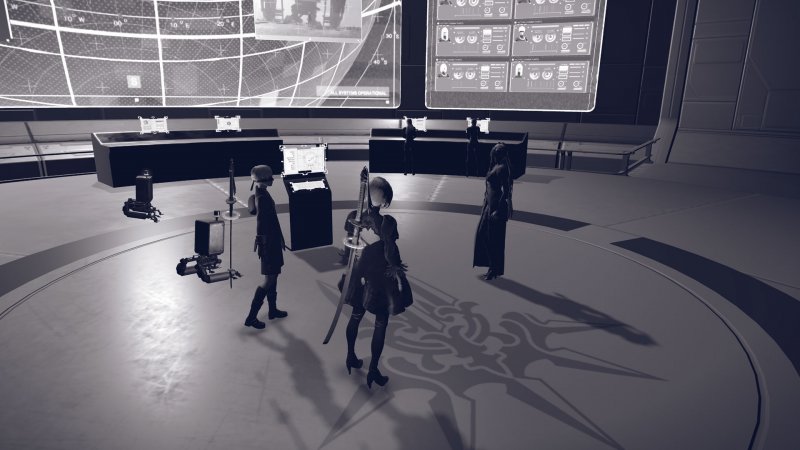The art of being lethal
Ghost Recon Wildlands catapult us into an adversary Bolivia, constantly afflicted by a guerrillas between the Santa Blanca cartel, the humbling law enforcement, the rebels and us, ghost soldiers with the sole task of overthrowing this semi-dictatorial regime.
The factions are clear from now on, relationships as well. Roads are not safe and membership in one of these realities is a continuous struggle for survival. Being decisive will be the paradigm of all the adventure, silent when needed, but always lethal in steady fight against El Sueno, the ultimate point of the criminal pyramid under which all Bolivian narcotics takes place.
To get to the top you will need to find all the lieutenants of the cartel and, killing them, so crush the building starting right from its foundation. A pretext that is more than interesting to justify the gameplay for the gaming world, huge and rich in any kind of activity, but which, while constantly present through multiple narrative gimmicks (radio, dossier and cutscenes) it does
not seem to want to take off in addition to being the background of our affairs. The other face of the coin, however, is that it leaves much more freedom in losing the map in assaults and incursions, making the action the real pivot of the game. At any time you can take any kind of mission without “activating it”, but simply head towards the place you are following and following what is visible on the screen, whether it’s primary or secondary.
Of the first there are two types, one based on the recovery of the intel needed to find the lease of the missions, while the second based on the execution part of the same, which may vary from eliminating a convoy, to interrogate a criminal to give us details additional on the cartel. These, in particular, will bring us closer to El Sueno’s henchmen, thus making us progress in our climb.
Secondaries may, however, be even more varied, with different types of contextual or itinerant missions for the map, while other resources can be used to recover particular information about leasing certain resources in some buildings. In general however, whether it is an armed assault or a lethal incursion, in all, there will be a wide range of enemy lines to the goal.
Ghost Recon Wildlands’s other strengths are, in fact, the vastness of the game world and the hours of fun guaranteed for all those who will find interest in its dynamics, hoping, of course, that excessive quantities will not result in a ” any feeling of boredom.
The first approach to gameplay
The first thing we’re asked to do is to launch Ghost Recon Wildlands, is to create our virtual alter ego. The online nature of the title gives you a sufficiently deep personalization that will make us unique among the audience of video game players.
Playing in the early stages, without the dynamics introduced by the bonus bonuses or the more advantageous perks that we will see in detail once we have come to the end of the adventure, we play extensively. Shooting gives a good feeling, though it takes a moment to adapt to the constant passage of the goal to the first person. The action must then be preceded by an appropriate scouting of the area. Marking enemies not only keeps us from reporting them on the map, but also showing them to our teammates to arrange appropriate advancement tactics.
From now on, it is obvious that the game was primarily designed for the cooperative game and it is extremely valuable when we are brought together to combine our efforts to defeat enemy defenses during an assault. If we played single, we would be backed by three NPCs, who will accompany us in the adventure until a friend appears in our game, but experience does not in any case match that of a well-assorted team.
A look at the technique
On the technical side, the game is unfortunately still a bit problematic with the vastness of the open-world that leaves room for bugs of various kinds, some even hilarious, and a matchmaking not always perfect on ps4. When it is working, however, the input and output system is completely seamless and extremely fluid.
The Bolivian mountains have a decent graphic rendition of which we appreciate the richness of the game world, with very frequent outposts and abundant vegetation, rather than the mere graphic detail.
At this early stage we were accompanied by an effective soundtrack, guided by the rhythm of local radio, like the good old Far Cry 4 teaches, alternating Bolivian songs with El Sueno’s rhetorical discourses, best dubbed in Italian by the inevitable Luca Ward.



